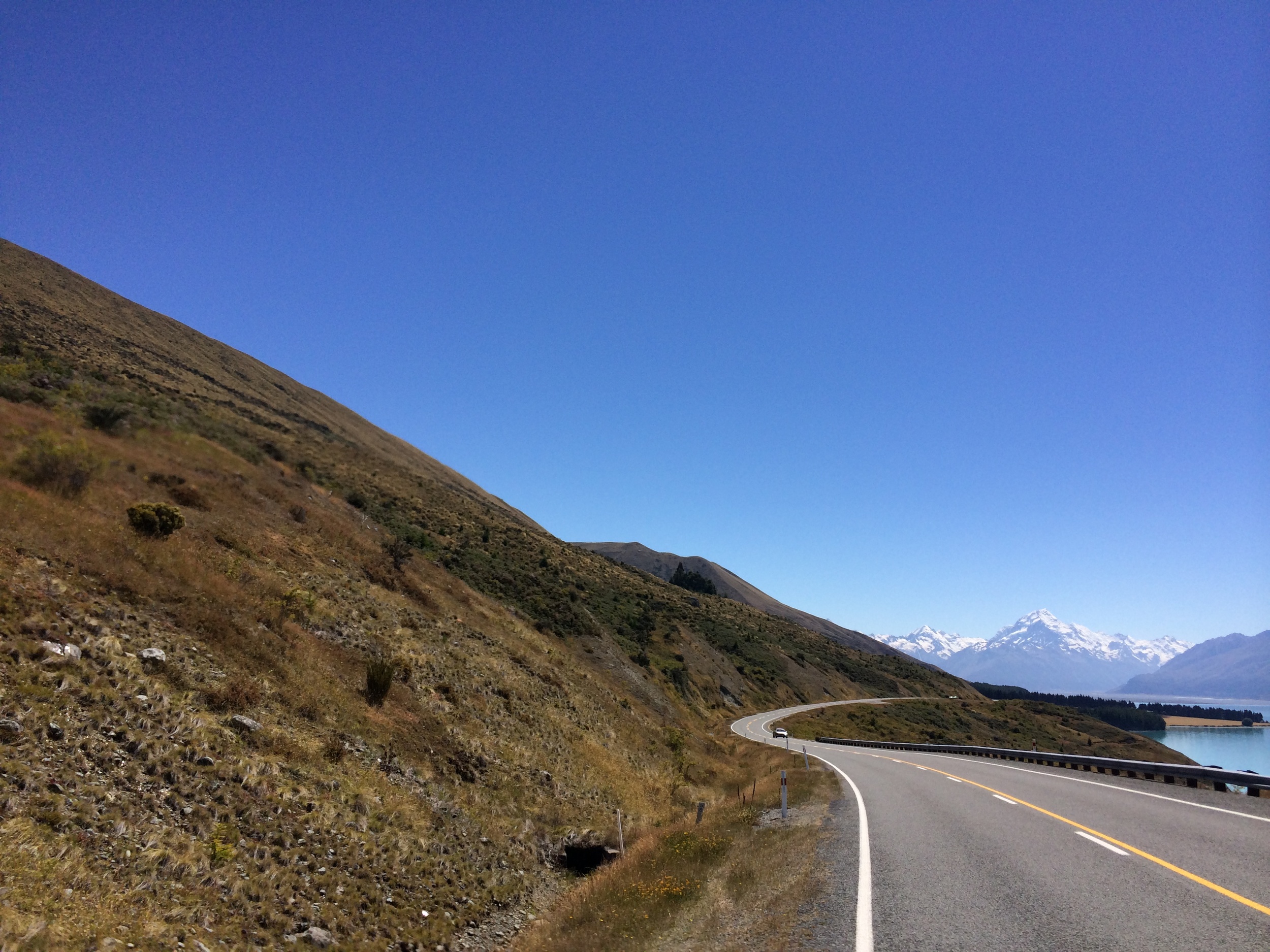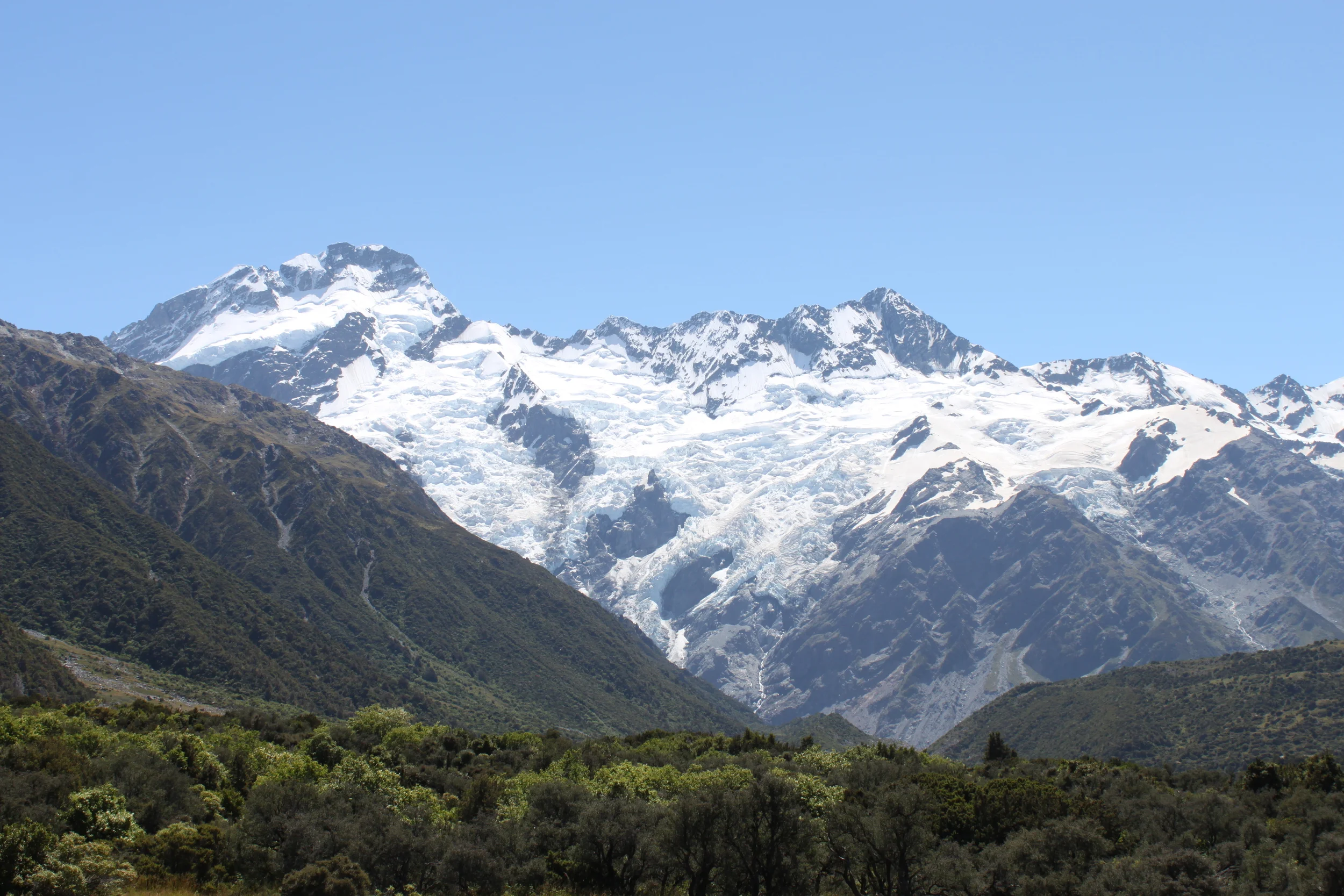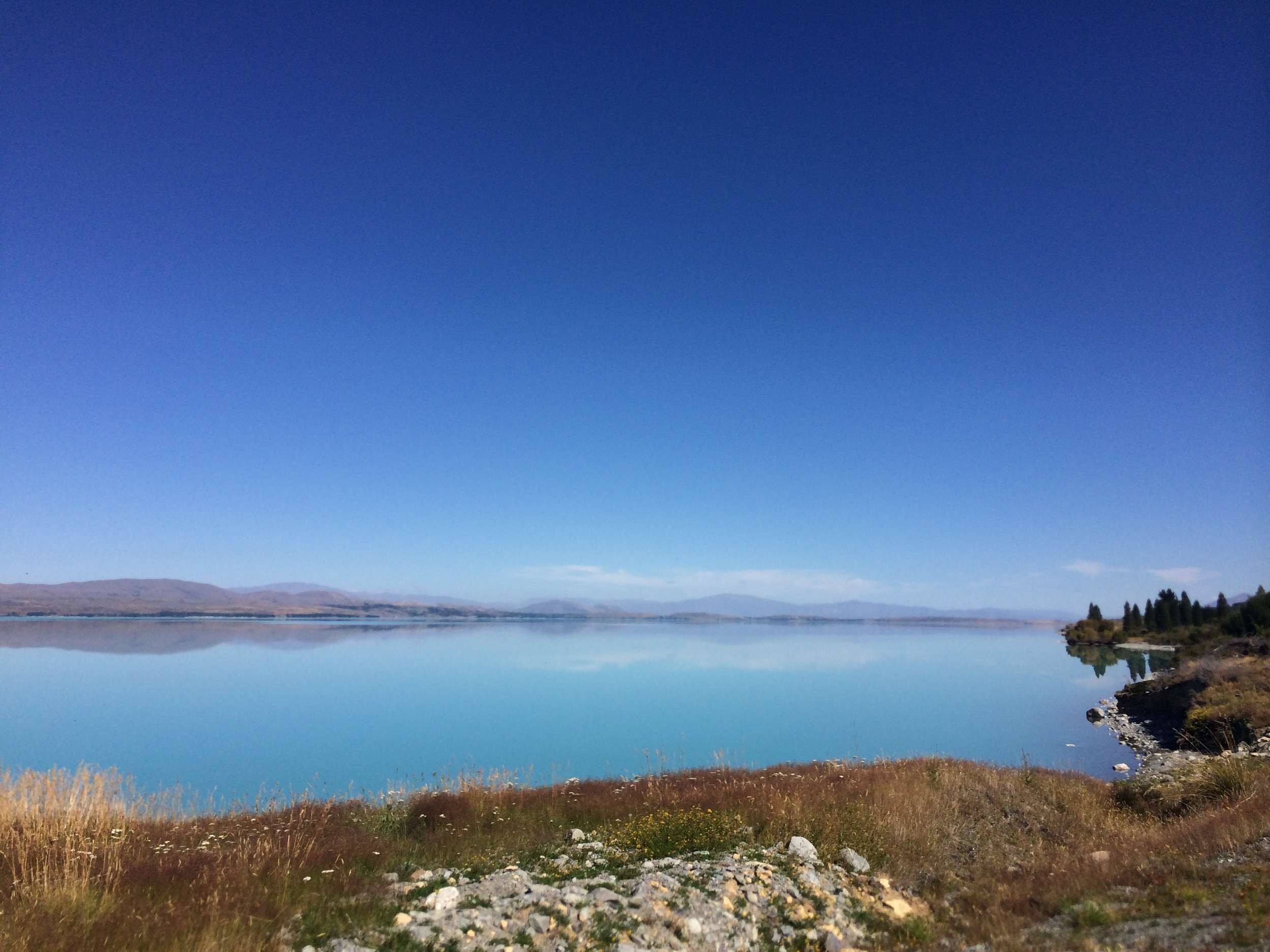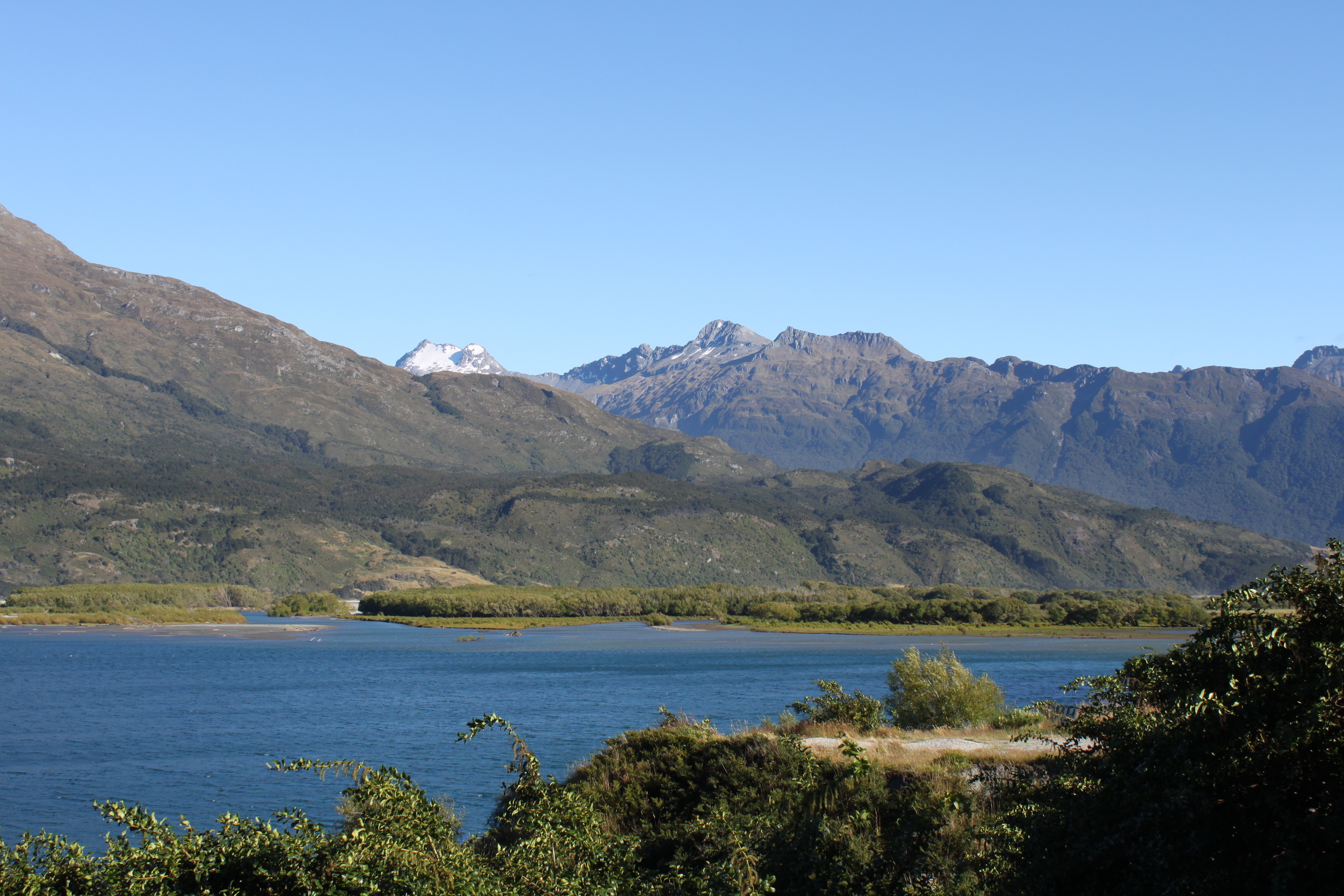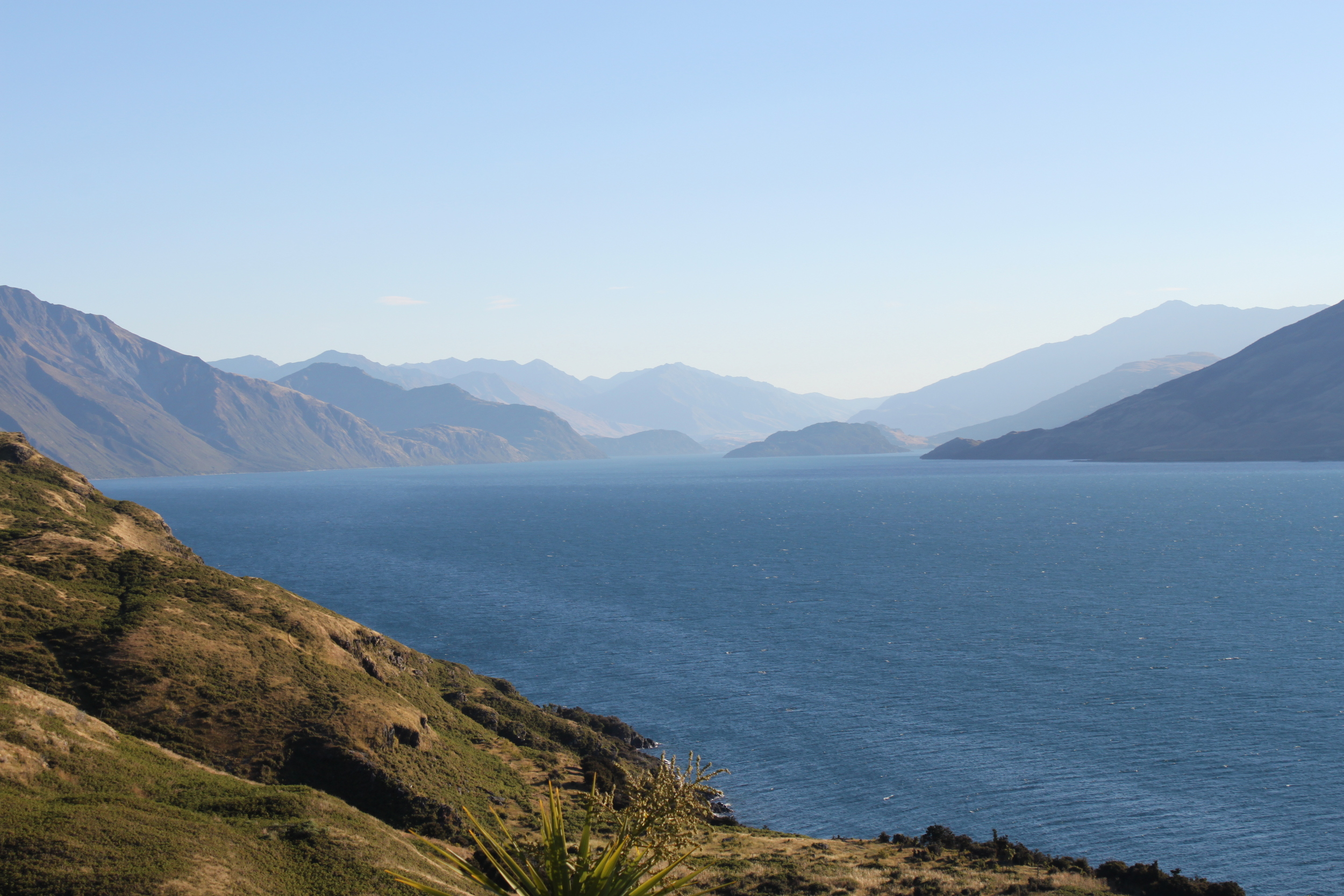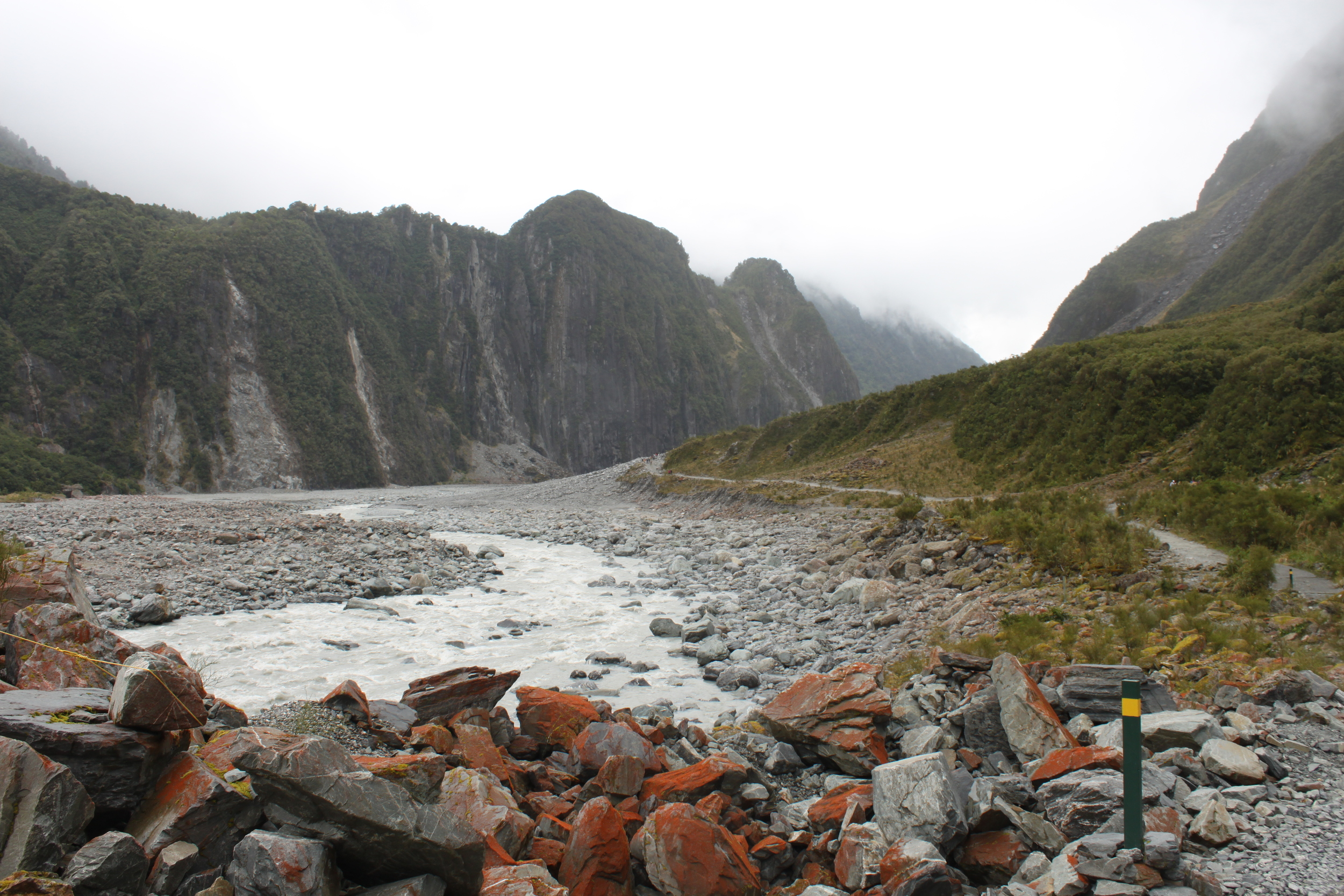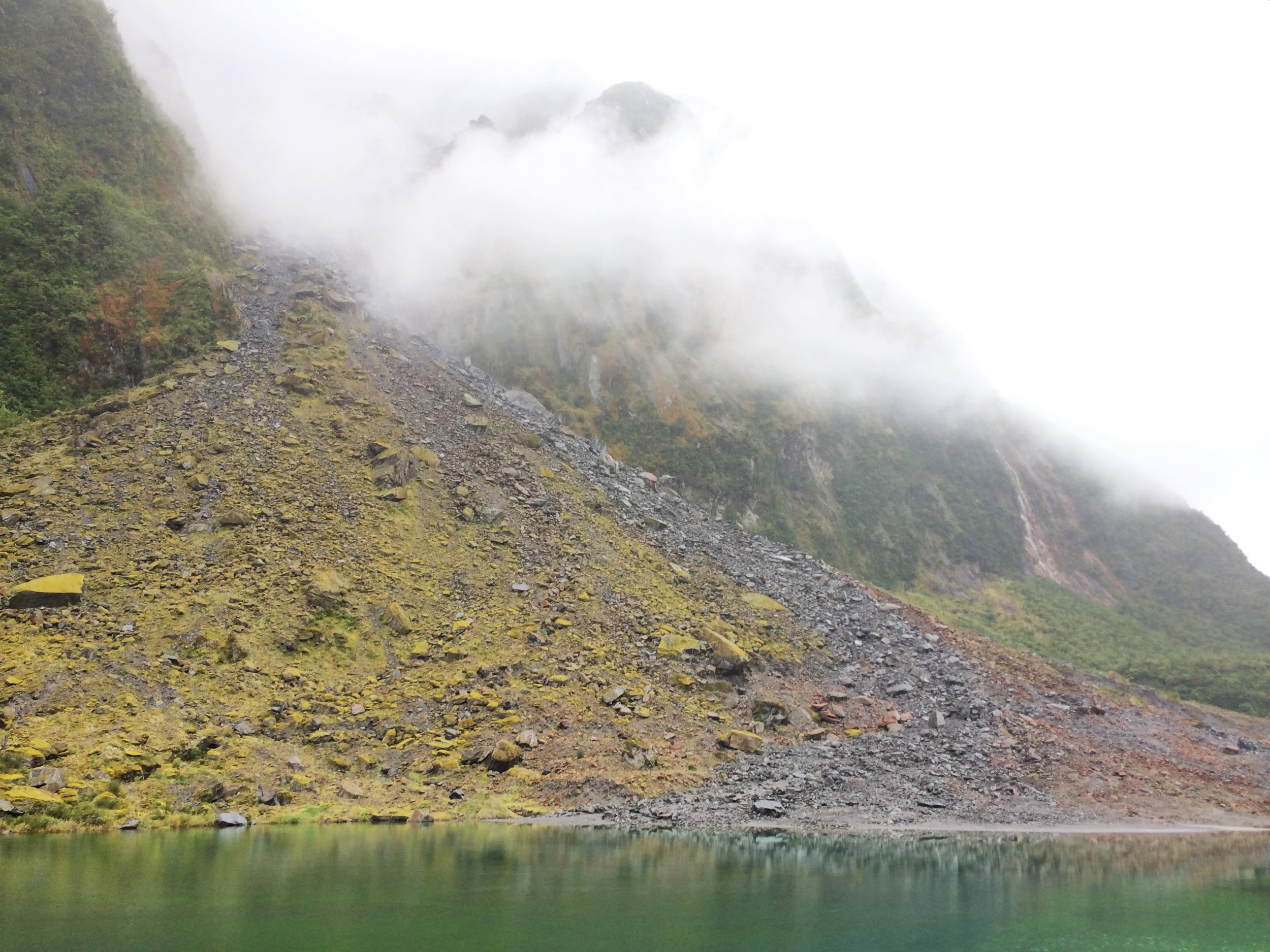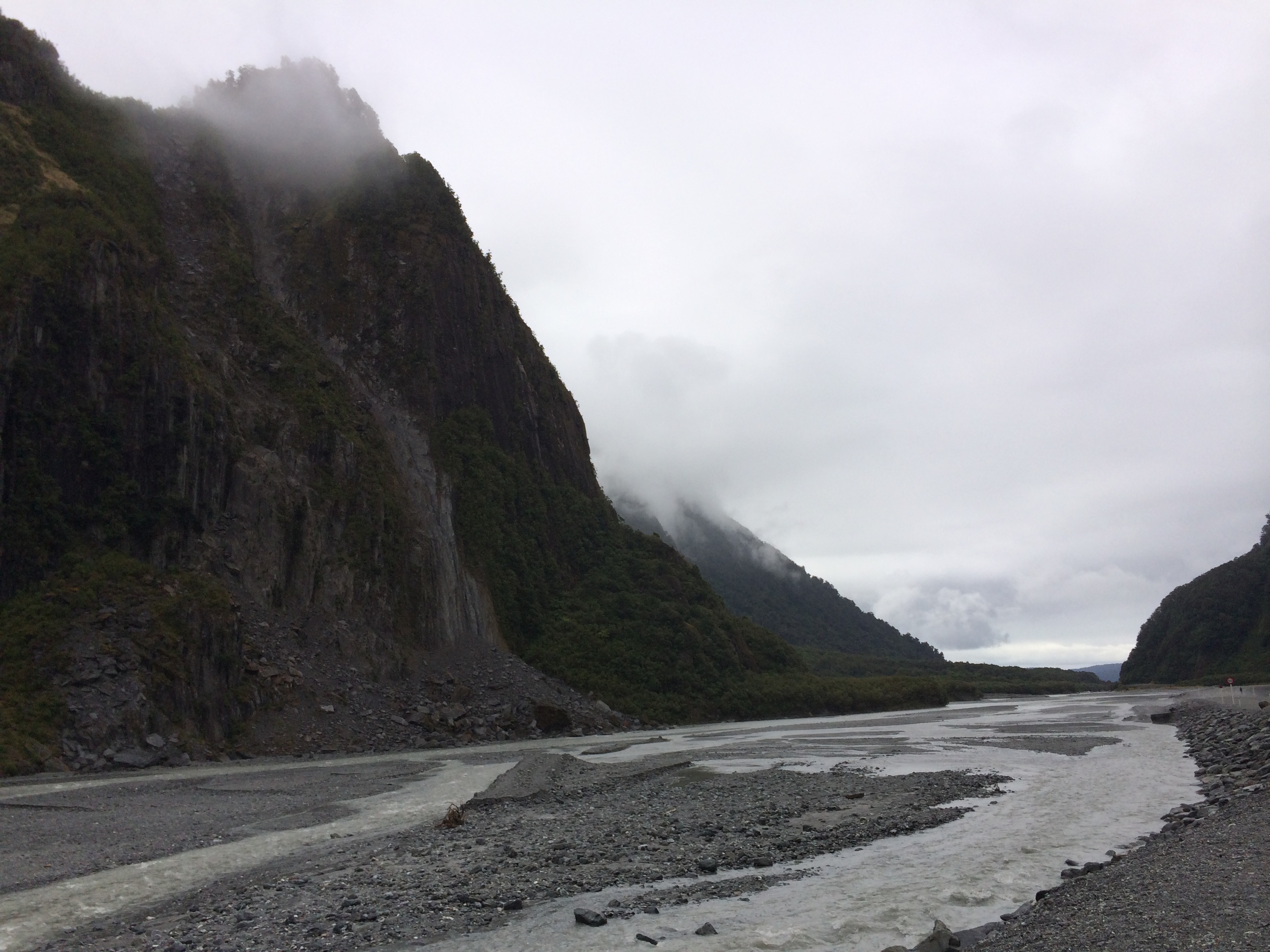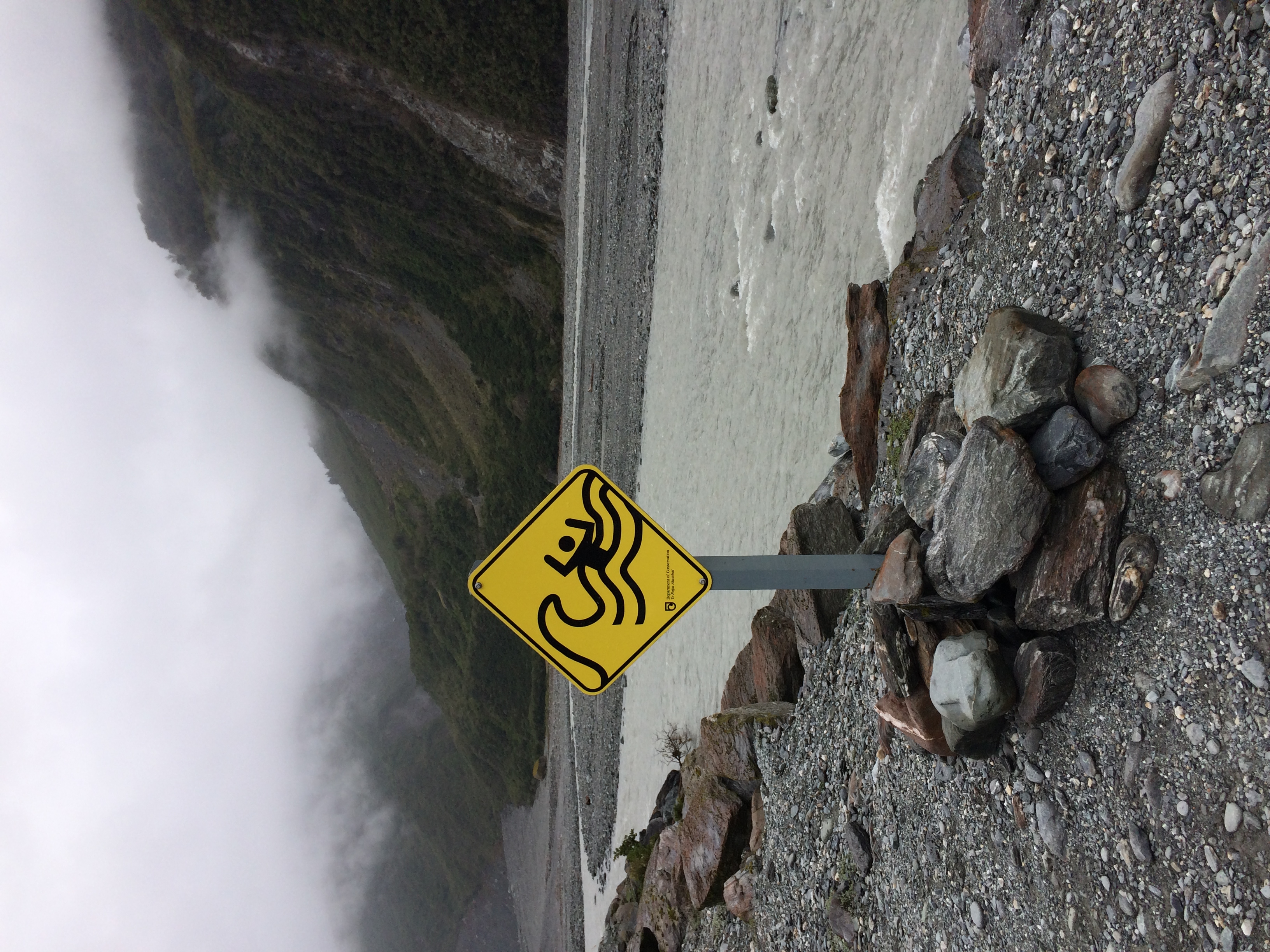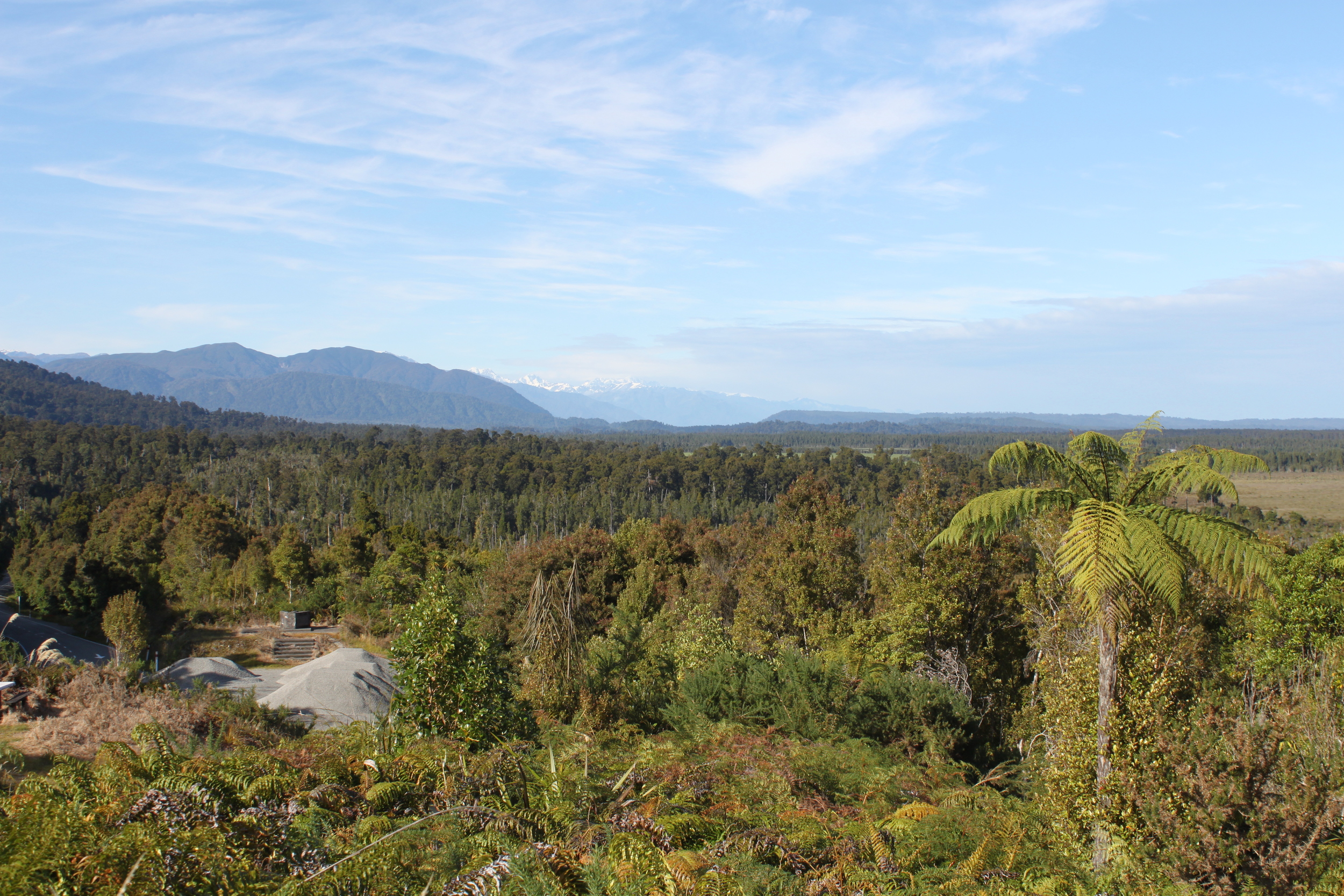south island, part 3
The last third of our South Island adventure was possibly the furthest from civilization I’ve ever felt. The west coast of the South Island was rushed by gold miners in the mid-19th century and doesn’t seem to have grown much ever since. This part of the island is beautiful, but does not have as many hallmark sights or big towns as the rest of the country. We did without campsite facilities for the first five of our six nights and instead of frantically accomplishing goals (such as the Milford Sound and Mount Luxmore), we spent more time just soaking up the area’s wild beauty. Ever since quitting my job, I felt as if I had been orbiting further and further away from my “normal” life, inertia pulling me away and gravity pulling me back to the USA and what most would call reality every two months. This feeling peaked during these six days. I was far from airports, far even from email, and over a week into a long wander around a huge South Pacific island. Winter was summer, and work meant finding a song to fit the mood or choosing the campsite with the best view. While each moment of the journey may not have provided memories that will last a lifetime, the six days as a whole are something I will never forget.
We woke up bright and early Sunday morning in the middle of the South Island’s dry central plateau with a big day planned. Our goal was to make it to Mount Cook National Park to see the country’s highest point, then backtrack around the park in order to make it over the mountains and to the west coast by nightfall. It turned out to be a little too ambitious, but through no fault of our own.
We first arrived at the southern end of Lake Pukaki in the late morning. This long lake has a spectacular view of Mount Cook over its powdery blue waters—we had never seen anything quite like it. Technically, a person can swim in this glacial lake but having the average body temperature of a deep sea creature is highly recommended. Not surprisingly, Carla wanted to join the teenagers with something to prove while I was content to record her getting in. Anyone who wants to watch a very funny 140 seconds should email me. Much more surprisingly, she was able to convince me to get in when she said I would get used to it after a while. I did not. Very soon afterward we dragged our hypothermic bodies back to the van and set out for Mount Cook National Park.
The valley leading up to Mount Cook.
We warmed up quickly under the bright summer sun and gaped as we drove into the valley leading up to Mount Cook. The twin sights of New Zealand’s tallest mountain and the monstrous white and blue Mueller Glacier looming over the flat, brown valley were breathtaking. When we finally reached the end of the road we hiked an hour to a great lookout point and decided that, yes the whole detour to Mount Cook National Park had been worth it. From what we had seen (or would see) only the Milford Sound could rival the views we’d taken in on this hike. Wishing we had penciled in more time here, we set off late that afternoon on the long six-hour route back south, west and north to the region’s only pass over the mountains. The terrain around Mount Cook was too rugged to support a pass to the west coast.
After a long drive on which we’d pretty much exhausted Bob Dylan’s pre-electric recordings, and then some, we finally made it back to the foothills of the Southern Alps. With about an hour left before sundown we came face-to-face with a roadblock telling us the pass was closed. A little more investigation told us that the region’s only mountain pass had literally fallen off the side of a cliff in a “slip” a few months earlier (nobody was hurt). Luckily for us, the road was in the process of being rebuilt (they let cars through the construction site for several hours each day) and there happened to be an absolutely gorgeous freedom camping site on Lake Wanaka about 20 minutes back. The sunset over the lake was not a bad consolation prize.
Early the next morning we were finally ready to cross over the country’s tallest mountain range. As soon as we were waved through the construction site where the road had fallen down the mountain, the sun was covered by dense clouds and drizzling rain. We later learned that while the land to the east of the mountains is very hot and dry, just on the other side is an actual rainforest complete with exotic plants and a seeming wall of green on either side of the road. Unfortunately this also meant many of our views from the wet, windy road on the way down to the coast were spoiled. The two main attractions on this day were Fox Glacier and Franz Joseph Glacier—two huge masses of ice visible a short hike from the highway. Despite the cold and miserable weather we decided to hike to Fox Glacier and just hoped not to get soaked. Thankfully we did not, and the hike was well worth it. The glacier is 13km long and descends 8,500 feet down the mountain, ending right in front of the viewpoint in an amazing wall of ice just 1,000 feet above sea level. We were not so lucky with Franz Joseph Glacier. A fine, piercingly cold rain fell throughout the next hike and when we arrived at the viewpoint, chilled to the bone, we saw… nothing. In the past 10 years the glacier has retreated at unprecedented speeds and now is hardly visible from the designated viewpoint. Sadly, this is a product of global warming—the current mid-range prediction is that the glacier will retreat by a further 5km by 2100.
After a quick grocery run we got back in the van and went straight north, hoping to find some better weather. Along with a perfect campsite at a beautiful lookout point, that’s exactly what we found. The only thing spoiling our camping experience was the great curse of the South Island’s west coast—sand flies. Along with the rainforest-level moisture come swarms of tiny black bugs not much bigger than a gnat, but much more vicious. Like mosquitoes (there are plenty of those too), they suck human blood and leave lumps that itch for days. However, unlike mosquitoes, where there is one there are a hundred and they don’t just come out around dawn and dusk. Any little trip outside the van could mean five or ten new bites. We went through quite a bit of bug spray over the next few days and still found ourselves scratching away.
The next couple days were spent around the towns of Hokitika and Greymouth, exploring these remote gold rush-era outposts along with their beaches and mountains. In a shrewd bid to boost tourism, the region around Greymouth officially encourages freedom camping and sets up plenty of little flat spots to park for the night, usually complete with a picturesque view. The rest of the country more tolerates it than encourages it. In an otherwise wasted part of town they even set up a free site for campervans complete with fresh water, waste dump facilities and a view of the river. While this might not have been the best part of town (I woke up at 3:30 to hear a drunk screaming alone into the night) it did make our lives a lot easier.
The view from our last freedom camping site.
After a few small walks and hikes we left Greymouth for Paparoa National Park, our northernmost stop on the South Island. This coastal park has some very unique rock formations as well as surge pools and blowholes that shoot water into the air when waves crash against the shore. The power of the waves shooting out of the blowholes was amazing. We spent our last night freedom camping on the coast and caught a perfect sunset over the ocean with silhouetted mountains spilling into the water. Thick swarms of sand flies made sure we watched the sunset from the van’s window but still, it was a perfect end to our drive up the west coast.
The next day we finally started back over the mountains and towards Christchurch. This mountain pass (again, the only one within several hours in either direction) was first blazed by gold prospectors in the mid-1800s with horses and wagons. As we got higher into the mountains we grew more and more amazed that people had pulled wagons over this raw land and actually made it through. The cliffs were steep and the views were dramatic enough to warrant being designated as a national park. As we approached the highest point we stopped at a lookout and were thrilled to see a few rare Kea birds hanging around the parking lot. These are the world’s only alpine parrots and they are only found on New Zealand’s South Island, making the sighting pretty exciting. On the way back down we couldn’t resist one final mountain hike for a proper goodbye to the South Island.
That night we found our last campsite (and first paid campsite with real showers and toilets in six days) just over the mountains. The people here were unbelievably welcoming and when Carla asked if they had movies to rent, the lady in charge went asking around if anyone could lend us a DVD. Fittingly, a very friendly older man who seemed to live in a shack at the site had the full collection of the Lord of the Rings—extended edition. He had one leg, chain smoked, and couldn’t have been happier to help a couple Americans watch the Fellowship of the Ring on their last night in the South Island. It was a great reminder that a visit to New Zealand can be as much about the free-spirited and outgoing culture as the unbelievable natural sights.
The next day we headed to the car rental office with heavy hearts. We only had time for a last homemade lunch on the side of the road, using up as many of our groceries as possible, before making our way to the airport. From the snowcapped mountain vistas to the rocky coastal views, the remote homecooked dinners to the quaint and historic towns, the rewarding hikes to the bottles of wine under the stars, neither of us will ever forget these two weeks. The South Island road trip will always be one of our fondest memories of our year of travel.
Our campsite by Lake Wanaka.
Up close and personal with the Kea.








